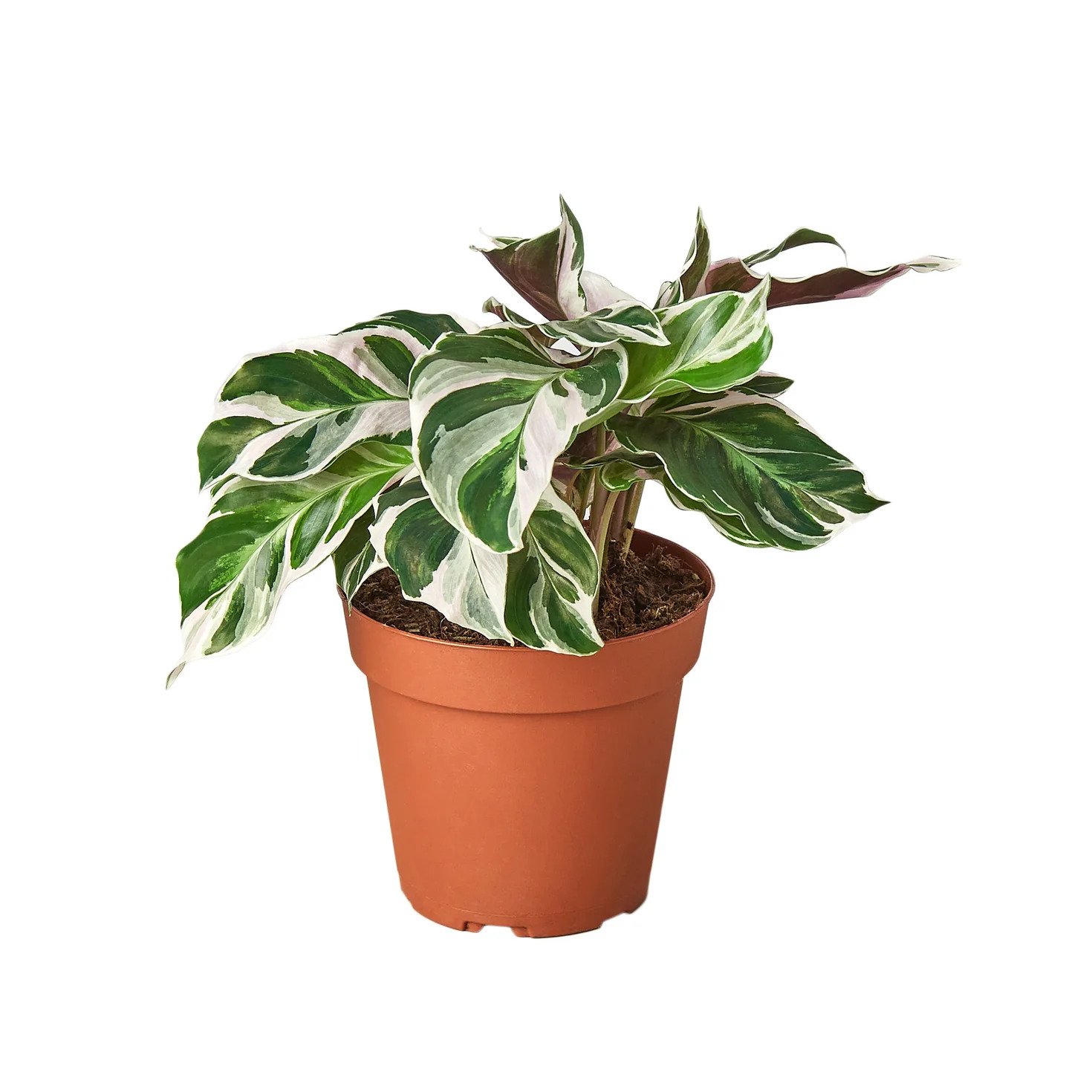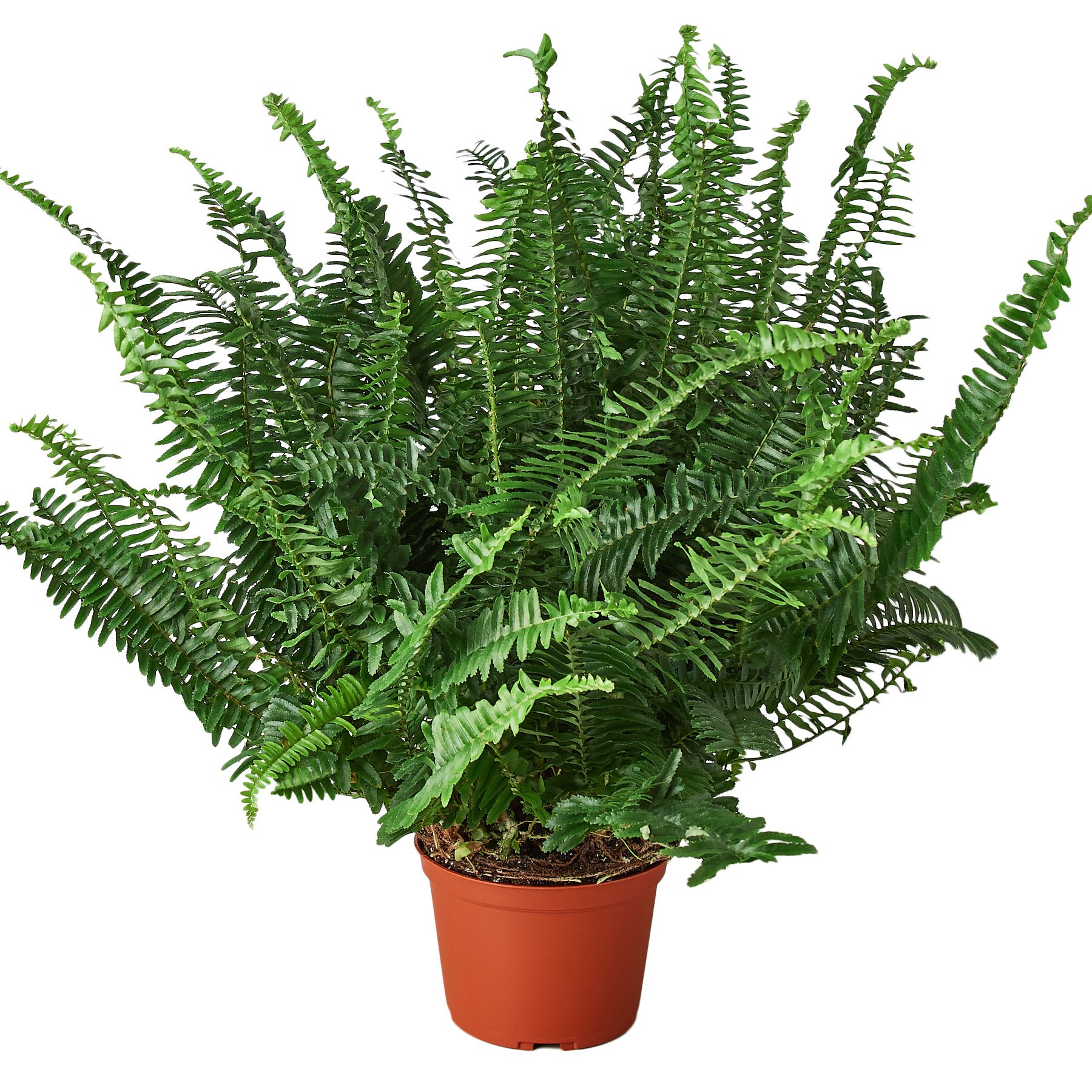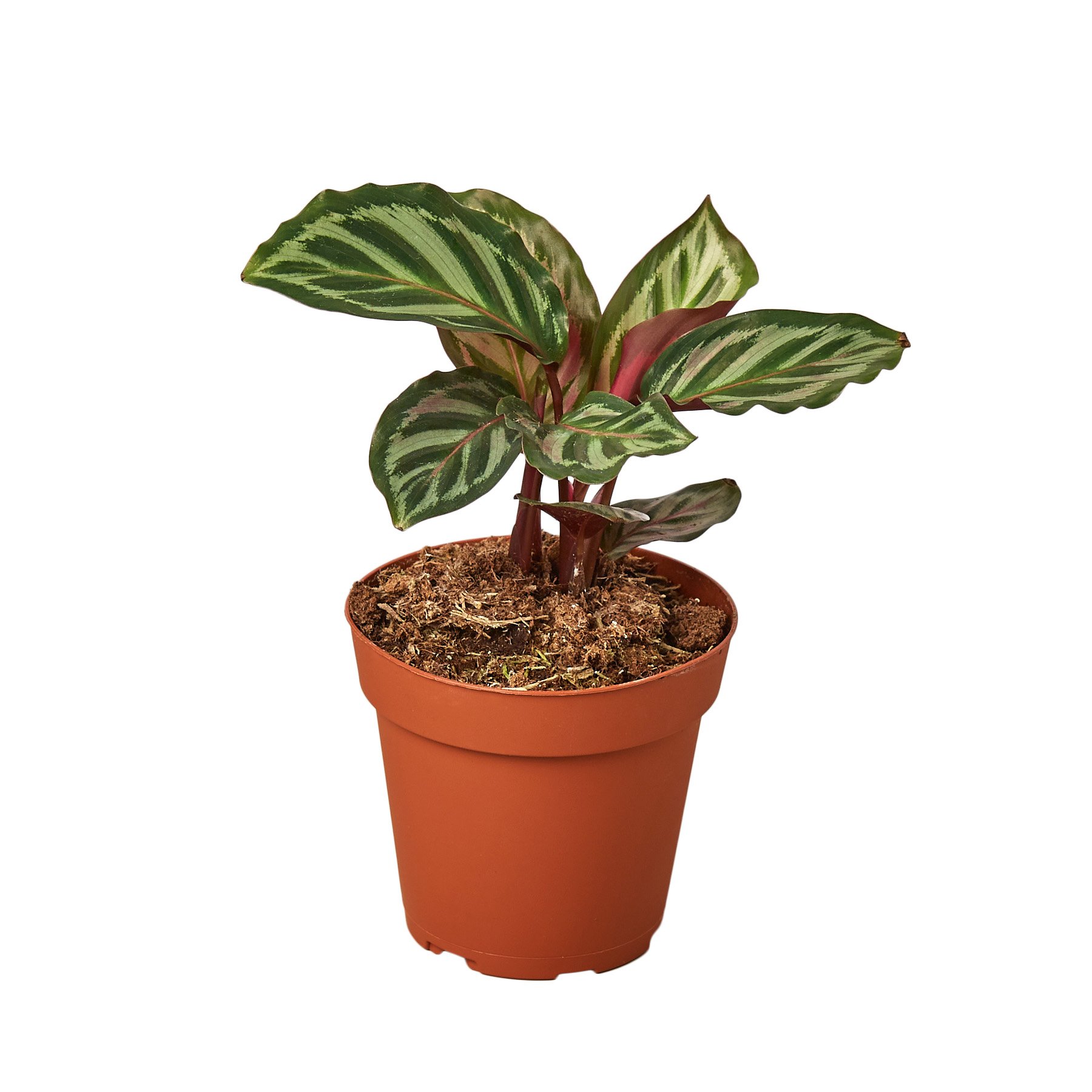Zebra Plant Houseplant
Zebra Plant Houseplant — Opting to cultivate a Zebra House Plant indoors is simply ideal! Why, you ask? Well, it's because this little gem boasts a leisurely growth pace, thrives happily in dimly lit and cozy spaces, and, to top it off, excels as a fantastic air purifier
Botanical Classification: Aphelandra squarrosa
Common Names: Zebra Plant
CARE GUIDE:
Light. Your zebra plant flourishes in well-lit, indirect conditions. It can handle a few hours of gentle morning sunlight, but be cautious about prolonged exposure to direct sunlight, particularly during the afternoon, as it may result in leaf scorching. Zebra plants are not suited for low-light environments
Water. Water your zebra plant when the top 25% of soil is dry. Water thoroughly, and be sure to empty the saucer of any excess water to prevent root rot. Avoid watering directly on the leaves, as water can funnel down the stems and cause crown rot.
Humidity. Thrive in humidity.
Food. Achieve optimal results by using a liquid houseplant fertilizer, diluted to half the recommended strength, once every 1-2 weeks throughout the spring and summer. Remember never to apply fertilizer to dry soil; always ensure the soil is adequately damp before nourishing your plant.
Toxicity. Non-toxic to pets & humans
Zebra Plant Houseplant — Opting to cultivate a Zebra House Plant indoors is simply ideal! Why, you ask? Well, it's because this little gem boasts a leisurely growth pace, thrives happily in dimly lit and cozy spaces, and, to top it off, excels as a fantastic air purifier
Botanical Classification: Aphelandra squarrosa
Common Names: Zebra Plant
CARE GUIDE:
Light. Your zebra plant flourishes in well-lit, indirect conditions. It can handle a few hours of gentle morning sunlight, but be cautious about prolonged exposure to direct sunlight, particularly during the afternoon, as it may result in leaf scorching. Zebra plants are not suited for low-light environments
Water. Water your zebra plant when the top 25% of soil is dry. Water thoroughly, and be sure to empty the saucer of any excess water to prevent root rot. Avoid watering directly on the leaves, as water can funnel down the stems and cause crown rot.
Humidity. Thrive in humidity.
Food. Achieve optimal results by using a liquid houseplant fertilizer, diluted to half the recommended strength, once every 1-2 weeks throughout the spring and summer. Remember never to apply fertilizer to dry soil; always ensure the soil is adequately damp before nourishing your plant.
Toxicity. Non-toxic to pets & humans
Zebra Plant Houseplant — Opting to cultivate a Zebra House Plant indoors is simply ideal! Why, you ask? Well, it's because this little gem boasts a leisurely growth pace, thrives happily in dimly lit and cozy spaces, and, to top it off, excels as a fantastic air purifier
Botanical Classification: Aphelandra squarrosa
Common Names: Zebra Plant
CARE GUIDE:
Light. Your zebra plant flourishes in well-lit, indirect conditions. It can handle a few hours of gentle morning sunlight, but be cautious about prolonged exposure to direct sunlight, particularly during the afternoon, as it may result in leaf scorching. Zebra plants are not suited for low-light environments
Water. Water your zebra plant when the top 25% of soil is dry. Water thoroughly, and be sure to empty the saucer of any excess water to prevent root rot. Avoid watering directly on the leaves, as water can funnel down the stems and cause crown rot.
Humidity. Thrive in humidity.
Food. Achieve optimal results by using a liquid houseplant fertilizer, diluted to half the recommended strength, once every 1-2 weeks throughout the spring and summer. Remember never to apply fertilizer to dry soil; always ensure the soil is adequately damp before nourishing your plant.
Toxicity. Non-toxic to pets & humans








